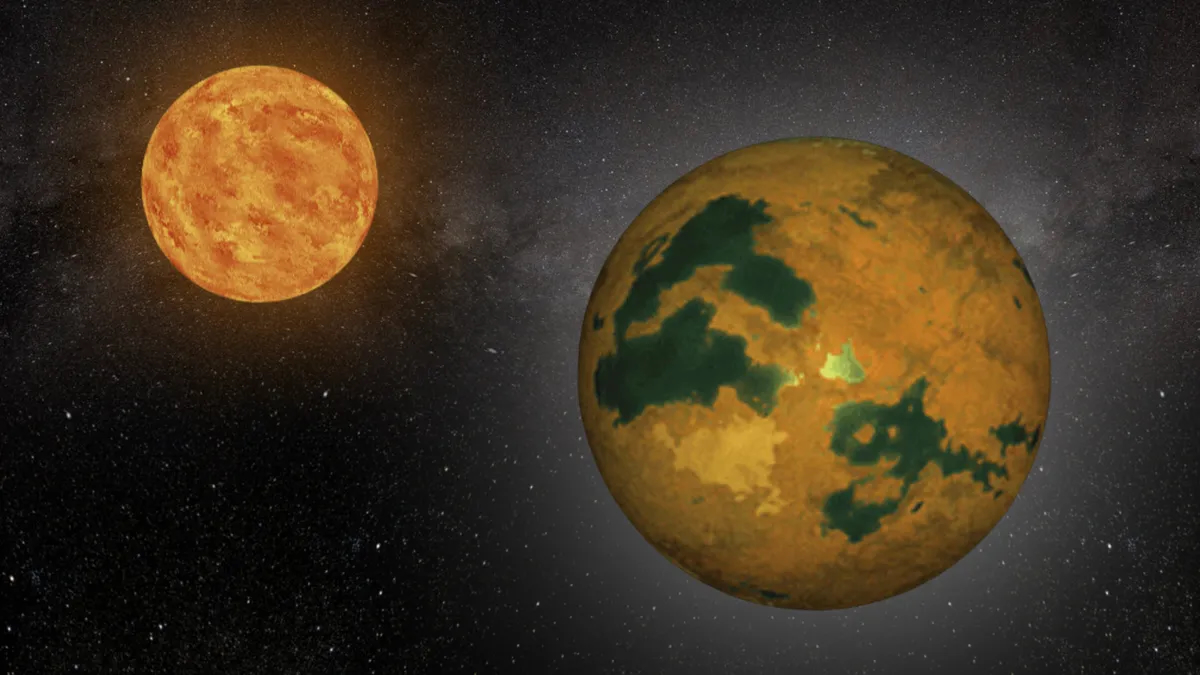An artist’s rendition of a previously suggested potential planet, HD 26965 b, often likened to the fictional “Vulcan” in the Star Trek universe. Credit: JPL-Caltech
Fresh research dismisses the existence of Vulcan, a planet believed to orbit 40 Eridani A, attributing the observed signals to the star’s surface activity.
Initially, the prospect of finding a planet around a star famous from Star Trek generated excitement when announced in 2018. However, doubts emerged over time, casting uncertainty on its existence. New precise measurements using a NASA-NSF instrument atop Kitt Peak in Arizona further discredit the notion of the planet Vulcan.
Detection methods for exoplanets involve two primary approaches: the transit method, which observes the dimming of starlight as a planet passes in front of its star, and the radial velocity method, which detects the star’s wobbles induced by orbiting planets. Despite initial comparisons to Vulcan, caution was warranted, as the recent analysis with high-precision radial velocity measurements validates.
The disappointing news for Star Trek enthusiasts stems from the NEID instrument, revealing discrepancies in the star’s spectral shifts, indicating the observed signal likely arises from surface phenomena rather than an orbiting planet.
While Vulcan’s demise may disappoint, advancements in radial velocity measurements offer prospects for distinguishing genuine planets from stellar activities with greater precision in future observations.
